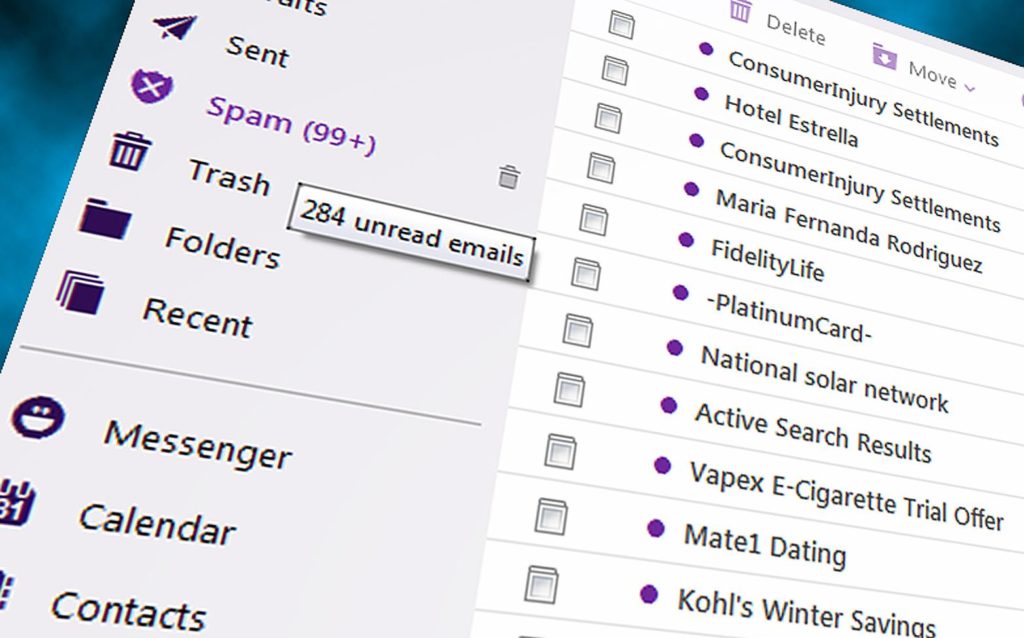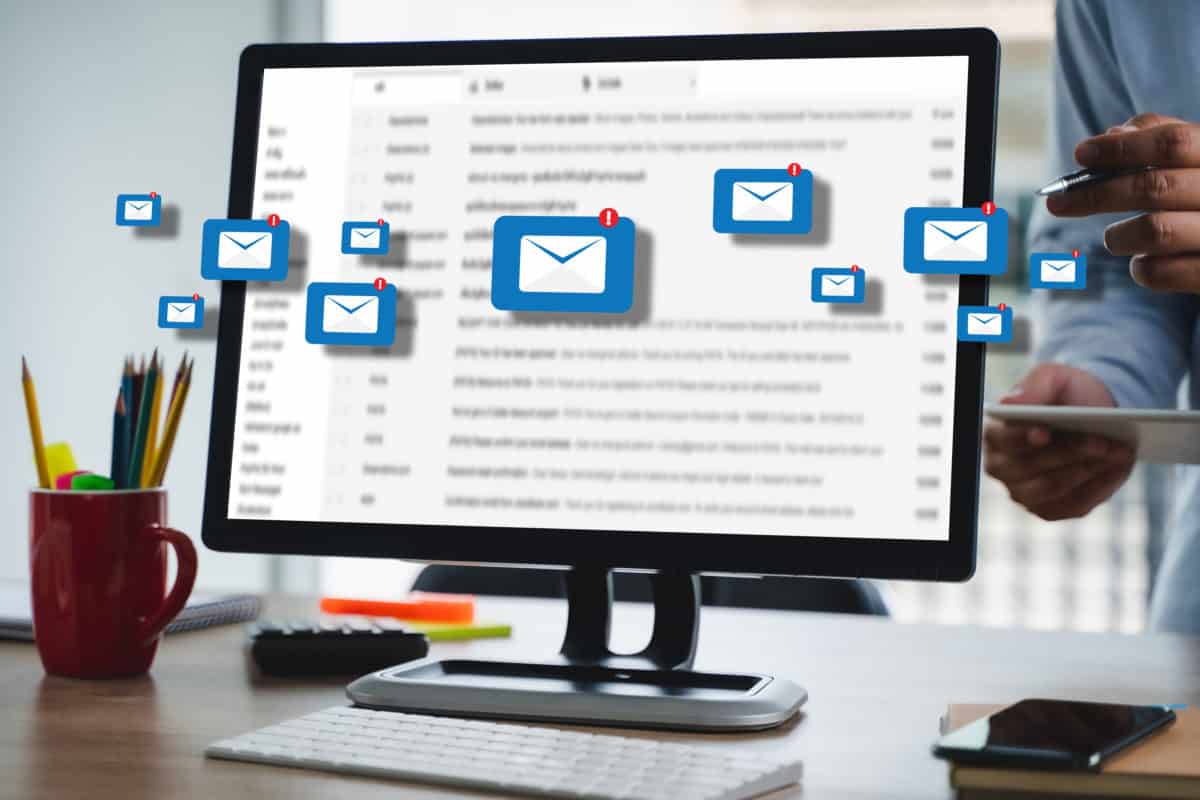No matter the size of your business, utilizing email marketing in your outbound strategy is a highly effective tool for increasing brand awareness and reaching your target audience. However, email, like any form of marketing, is heavily regulated, and approaching this vast realm requires diligence. For your strategy to be successful, you must follow compliance regulations to avoid fines or potential lawsuits.
Ensuring full compliance will not only help you avoid penalties but will also considerably improve your deliverability rates. To help you understand what it means to be 100% compliant and maximize your open rates, we are sharing 7 of the most important tips to improve your email compliance and deliverability.
1) Understand the Global Compliance Landscape
The first step to avoid any mistake is understanding the rules involved. There are 3 very important sets of regulations that all marketers sending emails should know and understand: CAN-SPAM, GDPR, and CASL.
1) The CAN-SPAM Act of 2003 covers all electronic mail used in a commercial setting and gives recipients the right to unsubscribe from your messages. While straightforward, its directives are sensitive and violation of the act can result in fines exceeding $40,000.
The Act has 7 main points, but in general, it demands clarity and transparency. It asks that the routing information and subject line be clear and honest, that the message be identified as an ad, that you state your location, and that you allow for opting out of the subscription at any time and honor those opt-outs. Additionally, it reminds you that even if you hire another company for your marketing, you are still responsible for upholding these points.
2) The General Data Protection Regulation, or GDPR, covers all uses of data in the European Union (EU) region. It requires proper encryption and security to avoid data leaks, asks for transparency in marketing, and demands consent from the subscribers before sending any content. For email marketing, this ultimately means following a similar set of guidelines as with the CAN-SPAM Act, but it includes additional safety procedures when it comes to handling email lists. Though it originates and is heavily enforced in Europe, marketers worldwide should be well-equipped to follow these rules.
3) Canada’s Anti-Spam Legislation, or CASL, applies to all electronic messages that are sent from or to Canadian recipients, except for ones sent from telephones which instead are regulated under the Telecommunications Act. Similar to CAN-SPAM and GDPR, CASL asks for marketers to respect the will of consumers and requires consent to send any kind of message. CASL does offer the concept of implied consent, meaning information delivered to the company from a transaction or that is publicly available can be used for marketing; though implied consent has a time limit in this context.
Ultimately CAN-SPAM will be your main focus to ensure your email marketing compliance, but the other laws should still be considered when dealing with their territories. Staying compliant may sound complex at first, but ultimately it comes down to keeping your clients in mind and being transparent in your messaging.

2) Make Subscribes & Unsubscribes Simple
A fundamental principle that is crucial to the success of your email compliance and deliverability is making your opt-in and opt-out options clear. Always make sure that you have permission to send emails before building a list, and remember that express permission simply comes down to asking your clients if they want to receive emails. This permission can be easily attained through website pop-ups, landing page forms, or even during personal conversations. Consider utilizing double opt-in options for an extra level of security.
Providing and complying with the subscribe options can help you avoid fines up to $16,000 per email. But beyond that, it is extremely important to provide the option to unsubscribe. If a disinterested client can’t easily find the option to opt-out, they will likely mark your content as spam, affecting all future email deliverability. To make it easiest for recipients, it’s a good idea to use a one-click unsubscribe function on your emails. Interest isn’t something that can be forcefully retained, and making the process long only makes it more likely your emails will end up marked as spam.
3) Build Your Lists for a Target Audience
Email deliverability goes beyond simple CAN-SPAM compliance. If you want to set your email campaigns up for success, you’ll need to understand your market to approach potential customers. Ultimately, you will need to build your email lists based on the clients you know are already interested so that you can create content specifically catering to that list. As a rule, be sure to avoid bought lists. They are always a risk since they could house addresses that didn’t offer proper consent and as a whole, they might not even be invested in your offerings. Building your lists internally is the safest best for a successful strategy.
Once you have compiled your targeted audience list, it’s important to segment it – divide it based on regions and interests to optimize the content sent to each group. Email marketing is all about engagement, and you can only keep your audience engaged if you understand their profile. Additionally, list segmenting will take into consideration their country of origin, and this is helpful to navigate the multiple compliance laws as well.
4) Send Messages from A Dedicated IP Address
An Internet Protocol, or IP address, is a numeric value given to each device connected online that includes information on the precise geographic location. In short, it’s an online fingerprint and just like a physical address, it helps identify where information is being sent from and received. While this can be a bit technical, your IP address can ultimately affect reputation and deliverability.
In the case of email marketing, having a dedicated IP address is very important for two reasons:
- Ensuring all your outbound email efforts come from a single IP offers consistency in the geolocation. IP also plays a role in email deliverability, so making sure all your emails come from the same IP will help your content make it to its audience.
- IP addresses as a whole have something of a reputation system in place, especially when it comes to email and service providers. Emails from a new and “dubious” IP can get lost, while a reputable and recognizable IP will have their emails sent without issue.
It’s important to engage in “IP Warming”, or steadily grow your Dedicated IP Address through positive communication with other emails before you start using it for your campaign.
![]()
5) Practice Good List Hygiene
Your lists are constantly changing as people opt-in, opt-out, and addresses become inactive. Keeping your lists “clean” by filtering out invalid recipients is a defining factor in both compliance and deliverability. One of the most useful tools in this context is suppression lists. A suppression list is quite simply a list of emails that have been suppressed from a larger list. For example, emails that choose to opt-out should get immediately added to a suppression list to make sure no further emails will be accidentally sent to them. As such suppression lists not only protect your brand integrity and avoid compliance violations, but they also help you practice good list hygiene so you can better understand your audience.
Through suppression lists or manual classification, you can also engage in list segmentation (mentioned in tip #3). List segmentation is important because it allows you to target different facets of your audience within your brand’s global email market. For example, if you want to offer a sale opportunity to only existing customers, having a segmented list that only has subscriptions at least 1-year-old is a way to do so. List segmentation allows for smarter marketing and is a vital tool to improve your email campaigns.
6) Send Valuable Content on A Consistent Sending Schedule
The schedule and rate of your emails play a role in their overall engagement, and it’s not something that should be underestimated. Sending emails at irregular intervals may cause your content to be flagged as spam, so developing a consistent sending schedule is worth the effort. Furthermore, you’ll want to send during a time your audience is likely to open, which varies from target audience to target audience. Lunchtimes and break times like 10 am, 1 pm and 6 pm are usually good for any target group. However, the best way to tell when your clients are checking their email is to look at their opt-in and opt-out times through your Email Service Provider (ESP), the real information you are getting for free.
Sending on a consistent schedule is only the first step here to ensuring that your emails are being opened. Clarity and value also matter. Using proper grammar and concise subject lines helps your audience identify the content of your messages and will be the determining factor in whether or not they engage with your message. There are a lot of metrics to consider, but as long as you offer quality content to the right people, you are on the right track. Using a reliable ESP will also help you acquire further metrics to create a successful email strategy.

7) Centralize Your List Data
Last but certainly not least, it is crucial to know exactly where all your data is stored. After all, that’s what the entire campaign relies on. The simple fact is that email software doesn’t deal with opt-outs or spam flags on its own. This will all come down to the efficient and compliant organization of your customer’s data and handling of suppression lists to avoid any potential legal issues.
Staying agile with your data is no easy feat. Working with a dedicated data centralization partner that is experienced in compliance matters is not only the safest way to proceed with email marketing but will also save you time, money, and resources if you don’t already have an established infrastructure for suppression lists and email management. It only takes one astray email to incur a fine, and your provider on its own won’t be doing anything to block opt-out addresses.
Key Takeaways
Email compliance and deliverability are very closely tied together. Practicing the above healthy compliance and deliverability tips, like suppression lists and easy unsubscribing, will help to improve your metrics and the reception of your emails. As a reminder, make fully compliant emails and valuable content a top priority in all of your campaigns. Once you have mastered these 7 tips, you’ll easily maximize engagement and ensure your emails reach as many users as possible.
Partnering with an experienced email compliance team like UnsubCentral helps businesses like yours avoid compliance issues. Efficient data centralization and management means we are ready to tackle any campaign regardless of the size. Contact us today to set your next email campaign up for improved email compliance and deliverability results.

